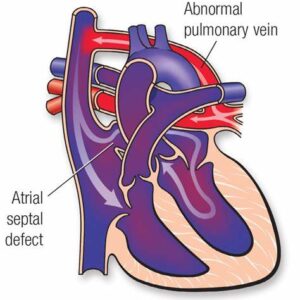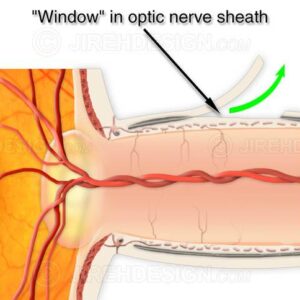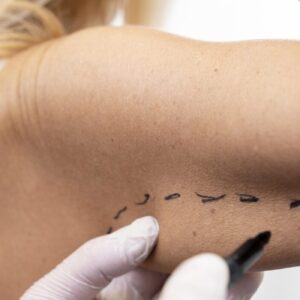Description
Familiarity with Treatment
Laser-assisted septoplasty is a surgical procedure that utilizes laser technology to correct defects and deformities of the nasal septum, aiming to improve nasal airflow and address breathing difficulties. The use of laser technology in septoplasty offers potential advantages, such as reduced patient recovery time, less morbidity, lower medical costs, and faster return to full activity.
Procedure
The procedure for laser-assisted septoplasty involves the use of a laser to precisely remove or reshape the deviated portion of the septum. The laser technology allows for a more targeted and potentially less invasive approach compared to traditional septoplasty. The procedure is often performed on an outpatient basis under local anesthesia, and it aims to improve nasal airflow and alleviate symptoms associated with a deviated septum.
Who is it Suitable For?
Laser-assisted septoplasty is suitable for individuals with chronic nasal obstruction due to moderate anterior septal deviation. It offers a specific clinical application in addressing nasal airflow issues related to septal deviation.
Who is it Not Suitable For?
The suitability of laser-assisted septoplasty for individuals with specific medical conditions or complex nasal deformities should be determined through thorough preoperative assessment and consultation with a healthcare provider.
Advantages
- Reduced Recovery Time: Laser-assisted septoplasty is associated with potentially decreased patient recovery time, allowing for a faster return to full activity.
- Less Morbidity: The use of laser technology may result in reduced morbidity compared to traditional septoplasty, contributing to a potentially smoother recovery process.
- Improved Visualization: The CO2 laser used in the procedure provides a remarkably dry operative field, which can improve visualization and precision during the surgery.
Complications
The postoperative side effects of laser-assisted septoplasty may include crusting, which is common after this type of surgery and may obstruct the nostril for about two weeks. The healing and regrowth of the septal mucosa is usually complete within three to four weeks. Preoperative and postoperative acoustic rhinometry studies with both septal and turbinate laser surgery are important to eliminate subjective bias associated with the rhinoscopic evaluation.
Preoperative Care
Preoperative care for laser-assisted septoplasty involves a comprehensive evaluation by a healthcare provider to assess the patient’s nasal structure, medical history, and specific symptoms related to nasal obstruction. This evaluation helps determine the most appropriate surgical approach and plan.
Postoperative Care
Following laser-assisted septoplasty, individuals should adhere to postoperative instructions provided by their healthcare provider. This may include guidelines for wound care, pain management, activity restrictions, and nasal hygiene. Regular follow-up appointments are typically scheduled to monitor the healing progress and address any concerns.
Laser-assisted septoplasty offers a potentially less invasive and more precise approach to correcting nasal airflow issues related to septal deviation.





Reviews
There are no reviews yet.